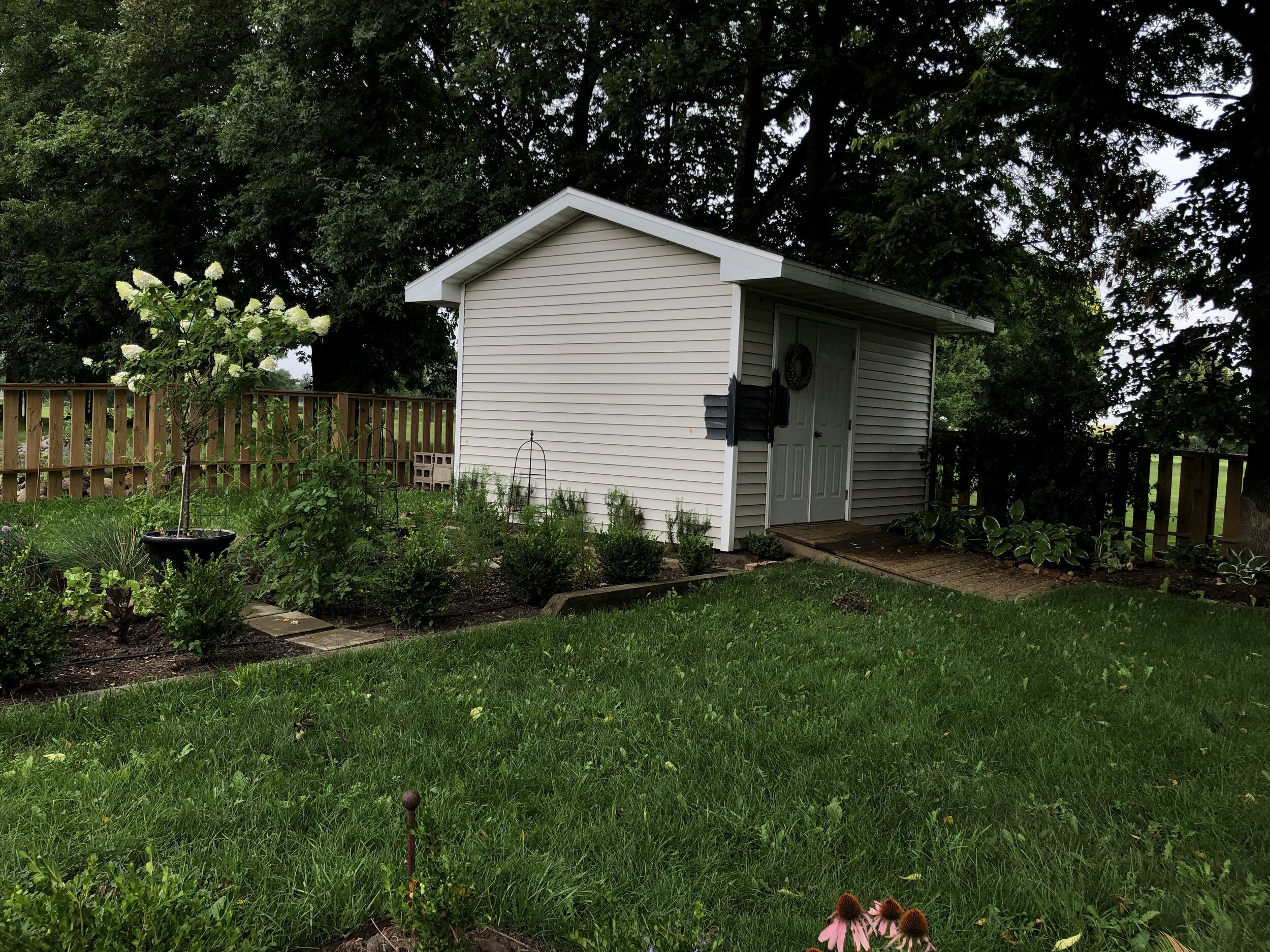
Historic Charleston Green
August 7, 2020
Whether you walk through the Historic District of Charleston, South Carolina or visit virtually admiring photo after photo scrolling through Pinterest and see beautiful, old buildings with painted black accents, you should look twice. The color you are seeing is likely actually a green so deep it appears black — Historic Charleston Green.
While there is no official historical record of the origin of this color, local legend says that it came to be during the rebuilding of the South after the Civil War. The Union army provided black paint for the reconstruction effort, yet Charlestonians couldn’t bear the idea of painting their beloved city such a mournful color, so they tinted it with yellow and green. The result was the inky, greenish black that is now a tradition in the city. You will spot it on ironwork, window trim, shutters and doors in abundance.While it would be beautiful on window trim, shutters and doors, it also works so wonderfully in the garden because of its ability to recede into the shadows and play a supporting role to feature brighter greenery.
I had recently painted the risers of our deck this color so that the shabby-looking wood supports would disappear into the background, and the greens of my hostas and oakleaf hydrangeas would pop. At my local paint counter, I requested a color match of the Duron paint color ‘Historic Charleston Green’ (DCR099) mixed in a flat exterior formula. Since I also wanted the shed to recede into the garden, as well as camouflage several holes in the vinyl from errant golf balls, I decided to paint the shed trim, soffit, fascia, doors and siding all Historic Charleston Green for maximum effect. As a bonus, it also blends quite nicely with the slate-style asphalt shingles on the roof. I think this color is such an elegant, classic choice for homes with an appreciation for historical beauty!
Our shed before (with a swatch of Historic Charleston Green
Historic Charleston Green shed
Historic Charleston Green shed
Historic Charleston Green shed
Historic Charleston Green shed
Historic Charleston Green shed
Teddy and his shed






